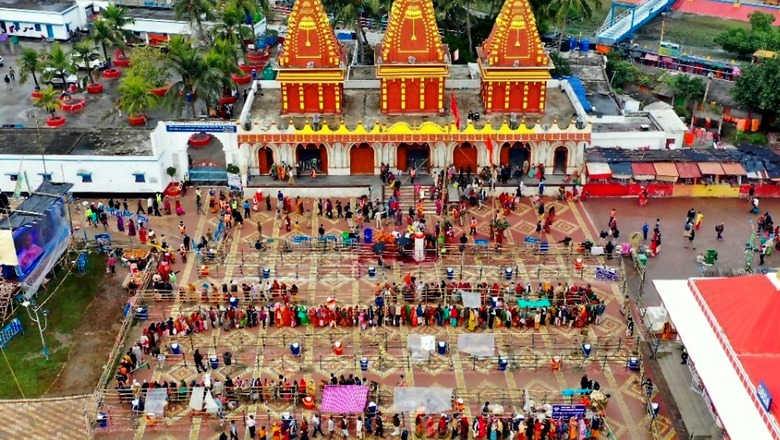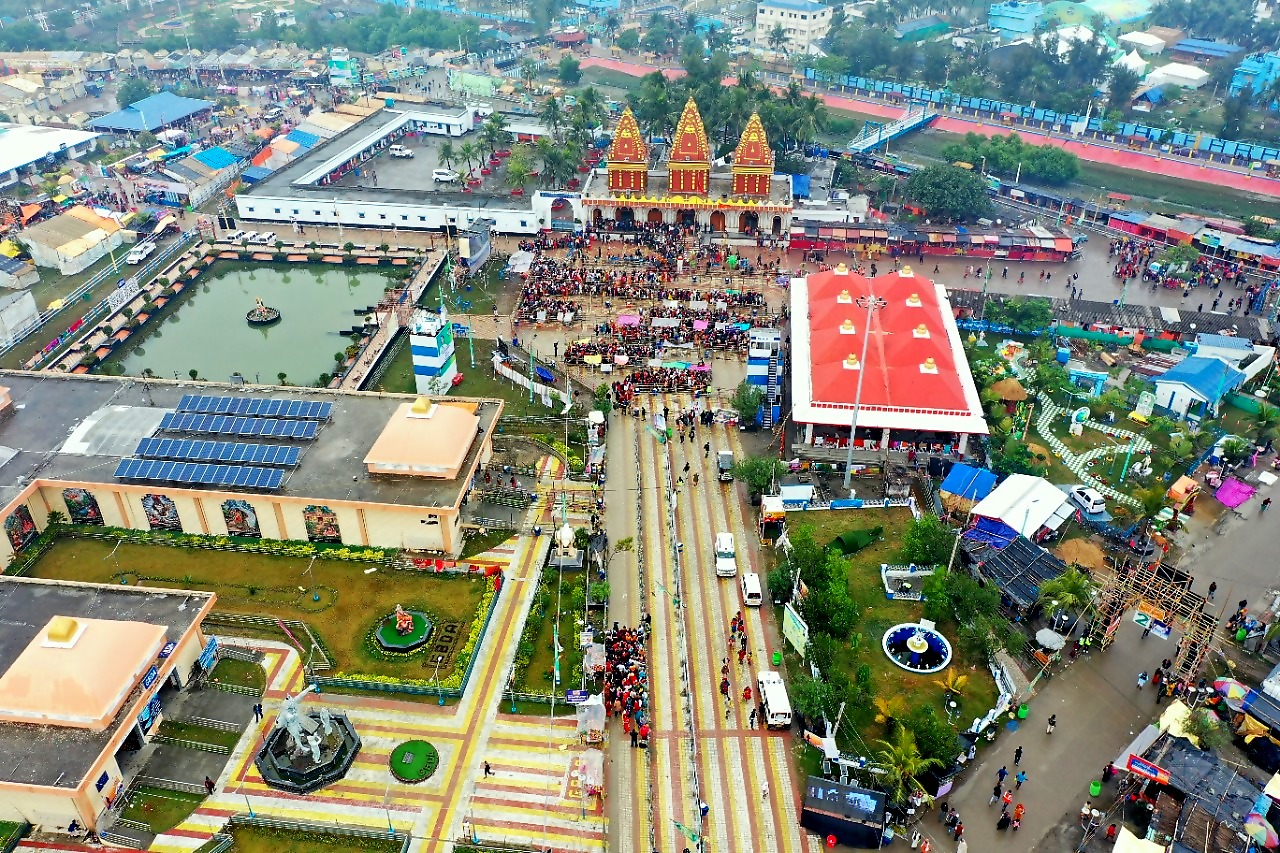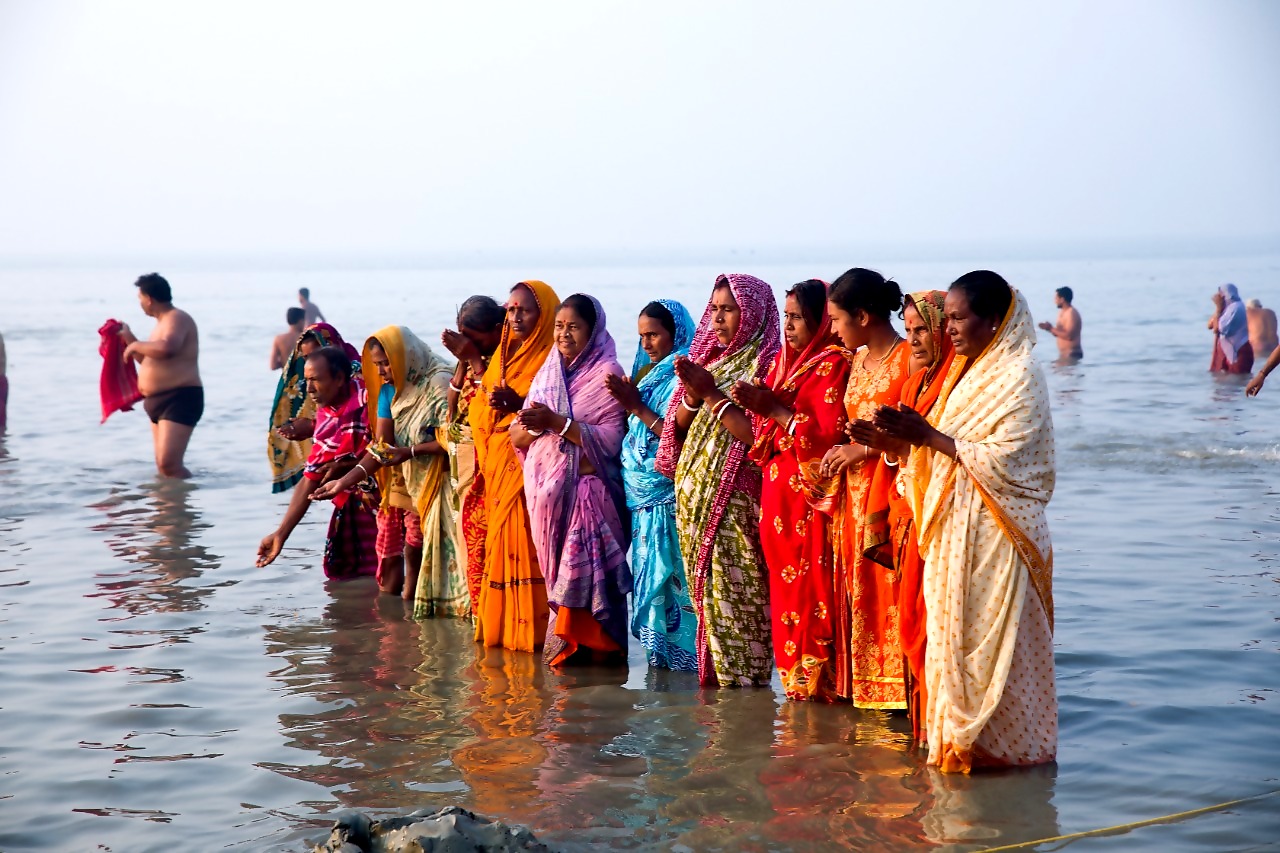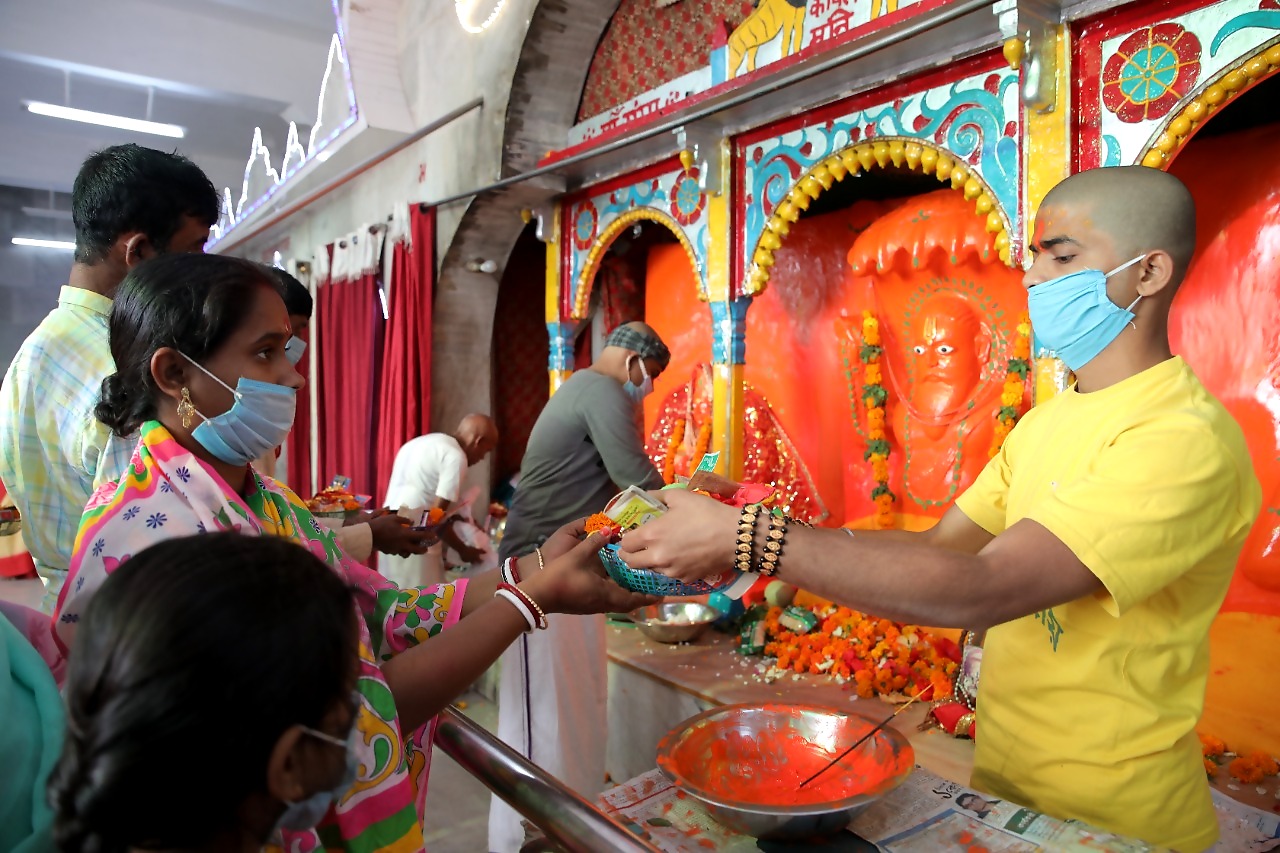
views
Chief Minister Mamata Banerjee-led West Bengal government is all set to apply for UNESCO’s intangible heritage tag for the Gangasagar Mela– the century-old fair held at the southern tip of the Bay of Bengal. The Hindu pilgrimage is considered the second largest human congregation after the Kumbh Mela.
According to sources in the state government, a team headed by South 24-Parganas district magistrate Sumit Gupta is doing the groundwork to prepare a dossier that will be sent to UNESCO to apply for the prestigious title.
Speaking to News18, DM Sumit Gupta said, “This mela is huge with cultural quotient and historical significance. We are now working on the dossier, we are doing research in every way. We hope this will be approved .”

In 2023, the Gangasagar mela is scheduled to be held from January 8 to January 14, and the government is planning to videograph the upcoming pilgrimage to attach it to the dossier sent to the United Nation’s agency. The last day to submit an online application to UNESCO is March 31.
Notably, last year, Kolkata’s Durga Puja festival was awarded the UNESCO tag under the intangible cultural heritage list. “This has inspired the state government to apply for the prestigious status for Gangasagar mela this time,” sources said.
Significance of Gangasagar Pilgrimage
Every year, around 15-20 lakh pilgrims visit West Bengal to take a holy dip at Gangasagar around Makar Sankranti, where a huge fair is held. It is known as a destination of faith for centuries like the prestigious Kumbh Mela, where devotees come to wash their sins and earn virtue.
In Hindu mythology, there is a proverb– “Sab Tirtha Bar Bar, Gangasagar Ek Bar” (by taking a holy dip in Gangasagar once in a lifetime, one can earn as much virtue as they earn by visiting all pilgrim centres repeatedly). The proverb signifies the importance of Gangasagar in mythology and puts it in a prominent position on the tourism map.

Over the years, the state government has taken several measures such as developing large-scale infrastructure for easy access and transportation for the convenience of devotees.
Reference Of Gangasagar in Mythology
As per mythology, the great saint Kapil Muni has his Ashram situated at the bank of Gangasagar. Kapil Muni is said to be one of the incarnations of lord Vishnu.
As the legend goes, a holy man, Kardam Muni made a pact with lord Vishnu that he would undergo the rigours of marital life, on the condition that the lord himself would have to incarnate as his son. As per his wish, lord Vishu was born as Kapil Muni and went on to become a great saint. Kapil Muni’s ashram was located at the bank of Gangasagar.

One day lord Indra stole King Sagar’s sacrificial horse and hit it next to Kapil Muni’s ashram. The king sent his 60,000 sons to locate it, and they found it hidden beside Kapil Muni’s Shram.
Mistaking Kapil Muni for the thief, King Sagar’s sons accused him of the crime and disturbed his meditation. In his wrath, false accusation and interruptions, Kapil Muni burned the King’s all 6000 sons to ash and sent their souls to hell.
Later acceding to King Sagar’s grandson Bhagiratha’s prayers, Kapil Muni agreed to restore the soul of Sagar’s sons if river goddess Ganga would descend to Earth to perform the last rituals.
Through deep meditation, King Bhagiratha induced Shiva to order goddess Ganga to descend from heaven and the 60,000 sons were freed and ascended to heaven, but the river Ganges stayed on the Earth.

As per legends, King Sagar’s sons were liberated from the curse on the day of Makar Sankranti. To mark the auspicious day, lakhs of devotees from across the country take a holy dip in Gangasagar to get rid of all their sins and earn virtue.
Moreover, Gangasagar was also an important maritime route mentioned in various research and history books.
Read all the Latest India News here
















Comments
0 comment